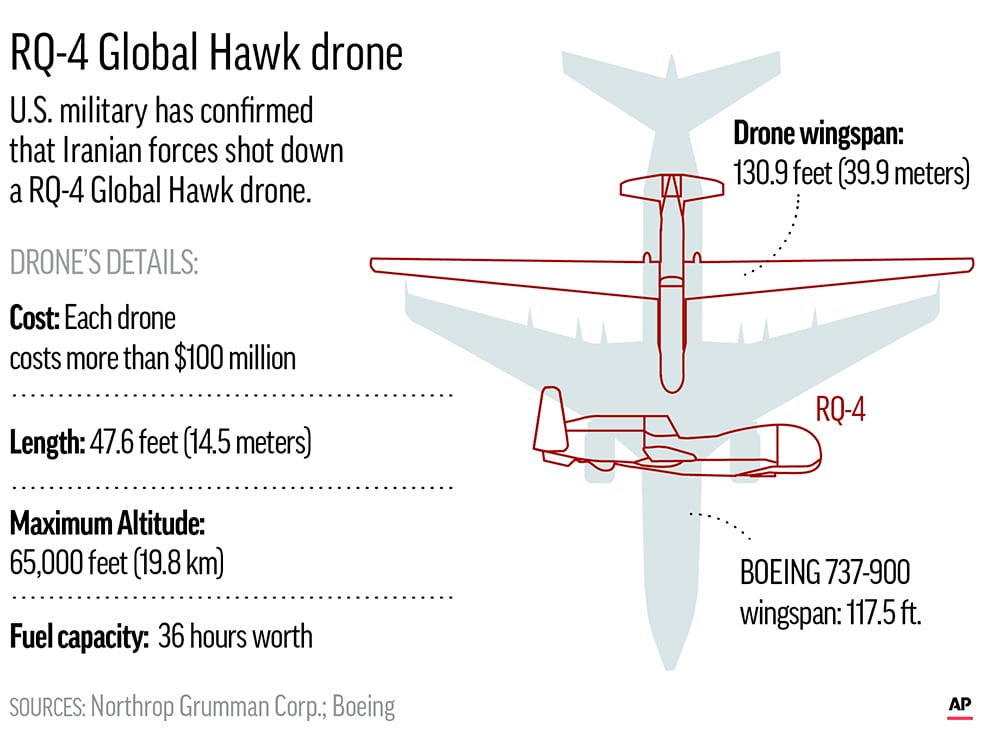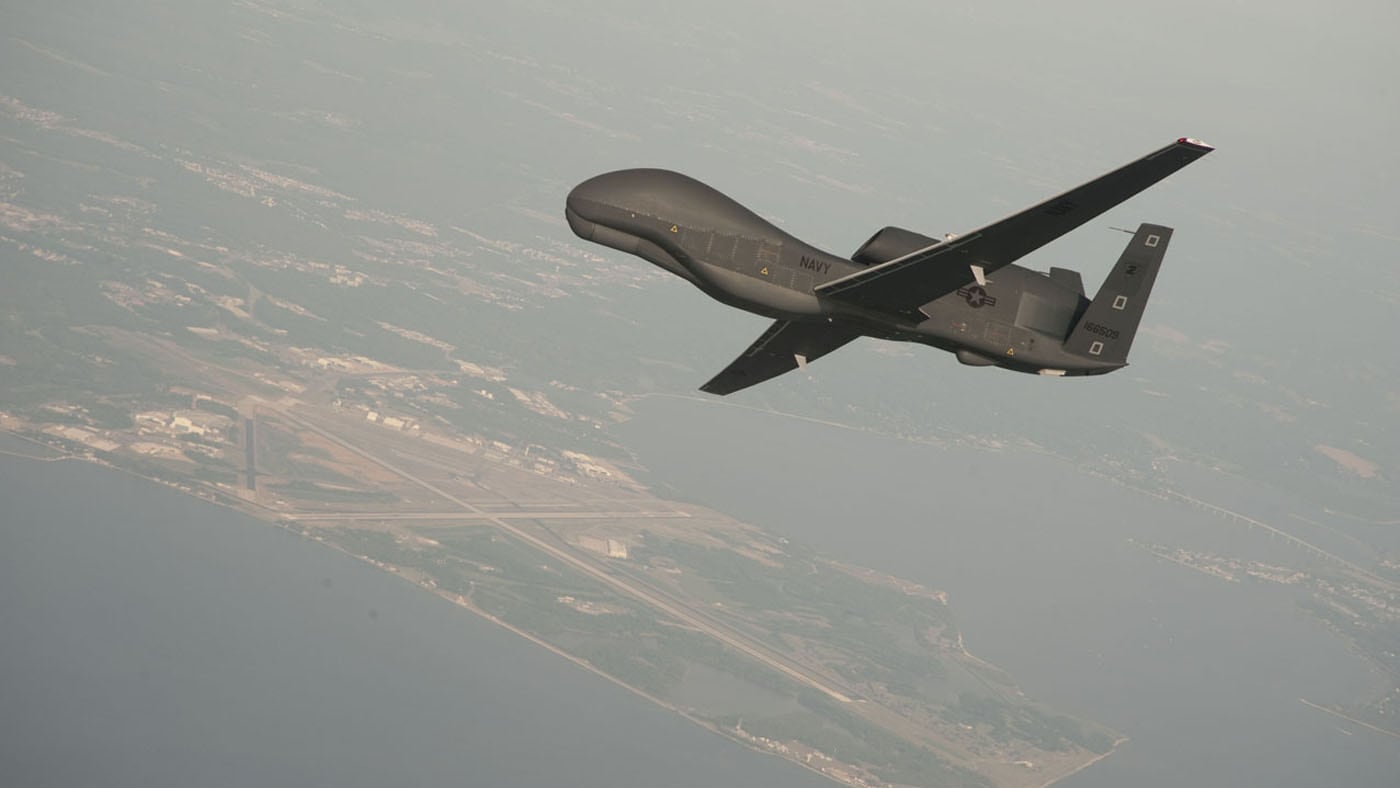As tensions with Iran mount, U.S. officials say they have noticed a spike in the amount of mortar and rocket fire hitting targets in Iraq.
No one has come forward to take claim, but experts contacted by Military Times say there is an ongoing effort by Iran and its proxy militias in Iraq to make things more difficult for the U.S. across the region.
Indirect fire and rocket attacks over the last two months have come close to hitting U.S. military bases and American interests in Iraq from Basra to Mosul.
U.S. military officials with Operation Inherent Resolve, or OIR, told Military Times that the recent spate of “indirect fire" attacks reflected an “increase” in the number of incidents. Military officials did not provide details on the number and nature of attacks.
“However, we are in close and continuing contact with Iraqi officials, who are investigating them,” OIR said in a statement. “The ISF [Iraqi security forces] take the security of these facilities seriously and are doing a commendable job of providing for the security of our forces and this mission.”
On May 19, a Katyusha rocket landed less than a mile from the U.S. Embassy in Baghdad, and on Wednesday a rocket attack in Basra forced 40 workers with Exxon Mobil Corp. to evacuate an oil-drilling site. The BBC reported that in mid-June multiple rocket attacks hit a base housing American troops just north of Baghdad — there were no reported U.S. casualties.
Iran is also believed to be behind a number of other attacks in the region over the last couple of months.
RELATED

American officials have pointed the finger at Iran for two separate attacks in May and June on oil tankers operating in the Gulf region. Limpet mines are said to have been used in both incidents.
A U.S. MQ-9 Reaper drone was shot down June 6 by Iranian-backed Houthi rebels in Yemen armed with an SA-6 surface-to-air missile, which U.S. officials believe was provided with Iranian assistance.
Officials with U.S. Central Command claimed an Iranian SA-7 surface-to-air missile failed to take down an MQ-9 on June 13. At the time of the incident, the Reaper was observing the M/T Kokuka Courageous — one of the tankers involved in the June Gulf of Oman tanker attack.
And on Thursday, Iran successfully shot down a U.S. Navy RQ-4 Global Hawk drone that Lt. Gen. Joseph Guastella, the commander of U.S. Air Forces Central Command, told reporters Thursday during a Pentagon briefing was "flying over the Gulf of Oman and the Strait of Hormuz on a surveillance mission in international airspace.”
RELATED

Javid Zarif, Iran’s foreign minister, claims the American drone was flying over Iranian territorial waters.
Iranian and American officials have provided dueling maps, images and video as evidence of their clashing claims about the location of the drone at the time it was shot down.
It all appears to be part of an Iranian defense strategy to ratchet up tensions in the region and mount asymmetrical-style attacks intended to remain just below the threshold of causing a major war.
“I think the objective is to either directly get the U.S. to back off, or more likely, to create a situation where others don’t support the U.S.,” William J. Fallon, the former CENTCOM commander and retired Navy admiral, told Military Times.

“I think it’s a pretty calculated series of escalations to undermine credibility and stability in the area,” Fallon said.
Ben Rhodes, the former deputy national security adviser under then-President Barrack Obama, described Iran’s escalation in the region as “utterly predictable," in a post on Twitter.
Iran doesn’t need to confront the U.S. directly. It commands an extensive network of seasoned and battle-hardened proxy forces from Afghanistan to the Mediterranean Sea.
RELATED

Iran’s allies in the region have been waging irregular warfare in Yemen, Iraq and Syria for years, where those forces have gained valuable experience with new technology like drones, while also contending with more modern forces.
Tehran’s web of militias across the Middle East afford Iran “a hell of a lot more versatility in terms of attacks, and a hell of a lot more plausible deniability,” Phillip Smyth, a research fellow covering Iran for the Washington Institute, told Military Times.
"They [Iran] know how to send these signals, they’ve been doing it since we were in Iraq in 2003 to 2011, Smyth said.
“They’re [Iran] going to do it all, they’re going to push in every place they can to ratchet up the pressure, and frankly, to try and bait us into making some move that they can then point to,” Fallon explained.
The solution Fallon said, is not a military one. “This is a national political issue that needs to be addressed," he said.
But U.S. forces in the region need to stay vigilant and use their maritime and intelligence assets wisely to monitor the region, Fallon said.
Iran is trying to prove that the U.S. is a “paper tiger,” Smyth said.
The Associated Press contributed to this story.
Shawn Snow is the senior reporter for Marine Corps Times and a Marine Corps veteran.




